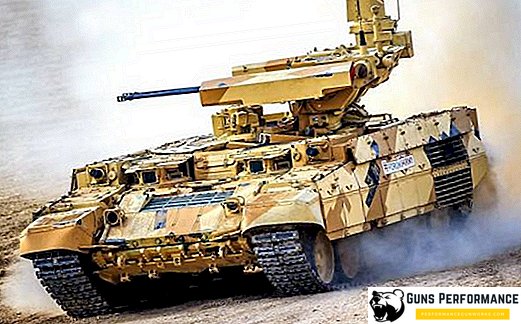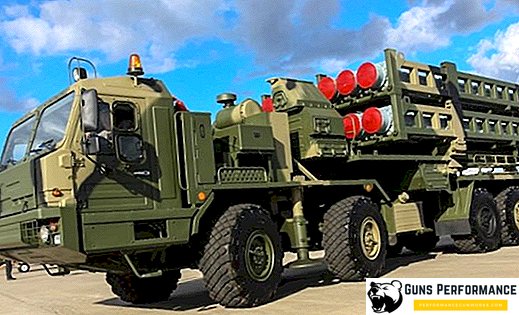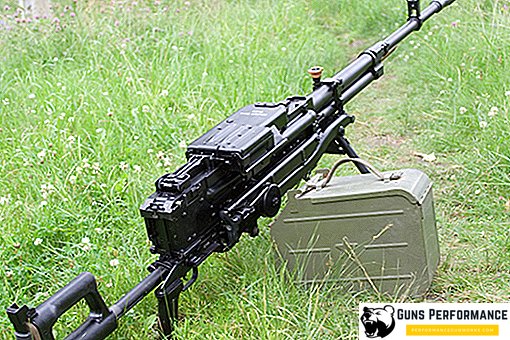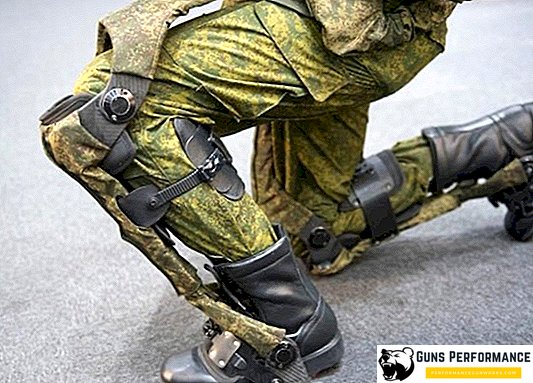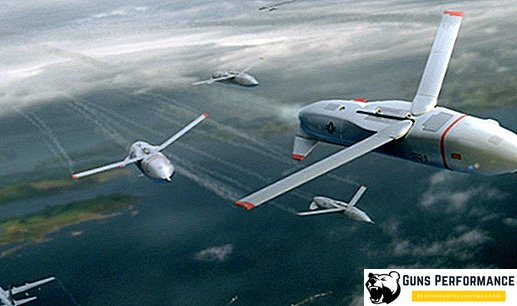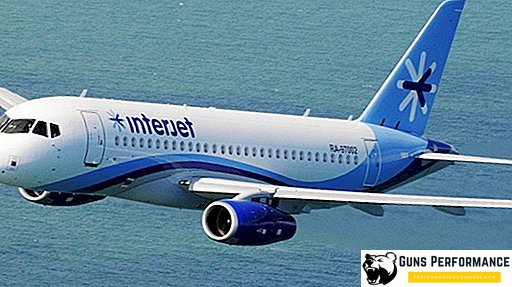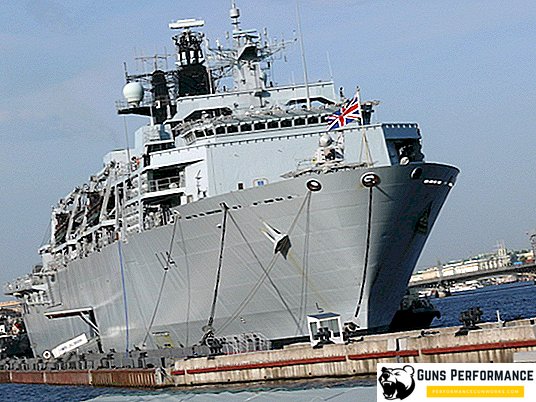On April 2, 2016, the press service of the Ministry of Defense of Armenia stated that the armed forces of Azerbaijan launched an offensive in the entire area of contact with the defense army of Nagorno-Karabakh. The Azerbaijani side reported that the fighting began in response to the shelling of its territory.
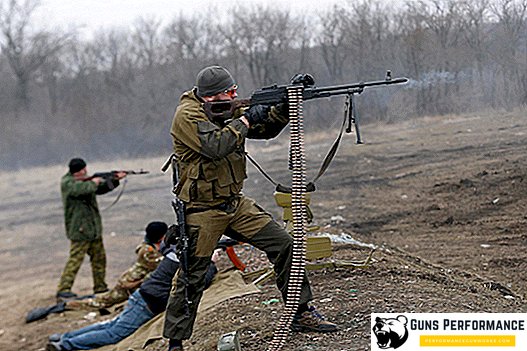
The press service of the Nagorno-Karabakh Republic (NKR) stated that the Azerbaijani troops launched attacks on many sectors of the front, using large-caliber artillery, tanks and helicopters. For several days, official representatives of Azerbaijan reported on the occupation of several strategically important heights and settlements. In several sectors of the front, the attacks were repulsed by the NKR armed forces.
After a few days of fierce fighting across the front line, the military representatives of both sides met to discuss the terms of the cease-fire. It was reached on April 5, although, after this date, the truce was repeatedly violated by both parties. However, in general, the situation at the front began to calm down. Azerbaijani armed forces began to strengthen the positions won from the enemy.
The Karabakh conflict is one of the oldest in the expanses of the former USSR, Nagorno-Karabakh became a hot spot even before the collapse of the country and is in a state of frozen for more than twenty years. Why did it break out with a new force today, what are the forces of the opposing sides and what should be expected in the near future? Can this conflict escalate into a full-scale war?
To understand what is happening in this region today, you need to make a brief history. This is the only way to understand the essence of this war.

Nagorno-Karabakh: the background of the conflict
The Karabakh conflict has very long historical and ethnocultural roots, the situation in this region has greatly aggravated in the last years of the Soviet regime.
In antiquity, Karabakh was part of the Armenian kingdom, after its collapse, these lands became part of the Persian Empire. In 1813, Nagorno-Karabakh was annexed to Russia.
There have been more than once bloody inter-ethnic conflicts, the most serious of which occurred during the weakening of the metropolis: in 1905 and 1917. After the revolution, three states appeared in the Transcaucasus: Georgia, Armenia and Azerbaijan, of which Karabakh was a member. However, this fact did not suit the Armenians, who at that time constituted the majority of the population: the first war began in Karabakh. The Armenians won a tactical victory, but suffered a strategic defeat: the Bolsheviks included Nagorno-Karabakh in Azerbaijan.

During the Soviet period, peace was maintained in the region, the issue of the transfer of Karabakh to Armenia was periodically raised, but did not find support from the country's leadership. Any manifestations of discontent were severely suppressed. In 1987, the first clashes between Armenians and Azerbaijanis began on the territory of Nagorno-Karabakh, leading to human casualties. Deputies of the Nagorno-Karabakh Autonomous Region (NKAO) request to attach them to Armenia.
In 1991, the creation of the Nagorno-Karabakh Republic (NKR) was proclaimed and a large-scale war with Azerbaijan began. The fighting took place until 1994, on the front side used aircraft, armored vehicles, heavy artillery. On May 12, 1994, a cease-fire agreement comes into force, and the Karabakh conflict enters a frozen phase.
The result of the war was the actual independence of the NKR, as well as the occupation of several regions of Azerbaijan adjacent to the border with Armenia. In fact, in this war, Azerbaijan suffered a crushing defeat, did not achieve its goals and lost part of its ancestral territories. This situation absolutely did not suit Baku, which for many years built its internal policy on the desire for revenge and the return of the lost lands.

The alignment of forces at the moment
In the last war, Armenia and NKR won, Azerbaijan lost territory and was forced to admit defeat. For many years, the Karabakh conflict was in a frozen state, which was accompanied by periodic exchanges of gunfire on the front line.
However, during this period, the economic situation of the opposing countries changed dramatically, today Azerbaijan has a much more serious military potential. During the years of high oil prices, Baku has managed to modernize the army, equip it with the latest weapons. Russia has always been the main supplier of weapons to Azerbaijan (this caused serious irritation from Yerevan), and modern weapons were also purchased from Turkey, Israel, Ukraine and even South Africa. The resources of Armenia did not allow it to qualitatively strengthen the army with new weapons. In Armenia, and in Russia, many thought that this time the conflict would end the same way as in 1994 — that is, the flight and rout of the enemy.

If in 2003 Azerbaijan spent $ 135 million on the armed forces, in 2018 the costs should exceed $ 1.7 billion. The peak of Baku’s military spending was in 2013, when the military needed 3.7 billion dollars. For comparison: the entire state budget of Armenia in 2018 amounted to 2.6 billion dollars.
Today, the total number of Azerbaijani Armed Forces is 67 thousand people (57 thousand people are ground troops), another 300 thousand are in reserve. It should be noted that in recent years, the Azerbaijani army has been reformed according to the Western model, moving to NATO standards.
The ground forces of Azerbaijan are assembled in five corps, which include 23 brigades. Today, the Azerbaijani army has more than 400 tanks (T-55, T-72 and T-90), and from 2010 to 2014 Russia supplied 100 of the newest T-90s. The number of armored personnel carriers, infantry fighting vehicles and armored vehicles and armored vehicles - 961 units. Most of them are still products of the Soviet military industrial complex (BMP-1, BMP-2, BTR-69, BTR-70 and MT-LB), but there are also the latest Russian and foreign-made cars (BMP-3, BTR-80A, armored cars Turkey, Israel and South Africa). Part of the Azerbaijani T-72 modernized by the Israelis.

Azerbaijan has almost 700 artillery units, among which there are both towed and self-propelled artillery, this number also includes rocket artillery. Most of them were obtained by dividing the Soviet military property, but there are also newer models: 18 SAU "Msta-S", 18 SAU 2S31 "Vienna", 18 MLRS "Smerch" and 18 TOC-1A "Solntsepek". Separately, it should be noted Israeli MLRS Lynx (caliber 300, 166 and 122 mm), which by their characteristics are superior (first of all in accuracy) Russian counterparts. In addition, Israel supplied the Armed Forces of Azerbaijan 155-mm ACS SOLTAM Atmos. Most of the towed artillery is represented by Soviet howitzers D-30.
Anti-tank artillery is mainly represented by the Soviet PTO MT-12 "Rapier", also in service are the anti-tank missiles of Soviet production ("Baby", "Competition", "Fagot", "Metis") and foreign production (Israel - Spike, Ukraine - "Skif "). In 2014, Russia supplied several self-propelled Chrysanthemum anti-tank systems.
Russia has supplied Azerbaijan with serious sapper equipment that can be used to overcome the fortified bands of the enemy.

Also from Russia were obtained air defense systems: S-300PMU-2 "Favorite" (two divisions) and several Tor-M2E batteries. There are old "Shilka" and about 150 Soviet complexes "Circle", "Wasp" and "Strela-10". There is also the Buk-MB and Buk-M1-2 ZRK division, transmitted by Russia and the Barak 8 Zaravka missile division from Israel.
There are tactical complexes "Tochka-U", which were purchased from Ukraine.
Separately, it is worth noting unmanned aerial vehicles, among which there are even shock. Azerbaijan bought them from Israel.
The country's air force is armed with Soviet MiG-29 fighters (16 units), MiG-25 interceptors (20 units), Su-24 and Su-17 bombers, and Su-25 attack planes (19 units). In addition, the Azerbaijani Air Force has 40 training L-29 and L-39, 28 attack Mi-24 helicopters and transport and combat Mi-8 and Mi-17, delivered by Russia.

Armenia has a much lower military potential, due to its more modest share in the Soviet "legacy". Yes, and with finances, Yerevan is much worse - there are no oil fields on its territory.
After the end of the war in 1994, large funds were allocated from the Armenian state budget to create fortifications along the entire front line. The total number of land forces of Armenia today is 48 thousand people, another 210 thousand are in reserve. Together with the NKR, the country can deploy about 70 thousand fighters, which is comparable with the army of Azerbaijan, but the technical equipment of the Armenian armed forces is clearly inferior to the enemy.
The total number of Armenian tanks is just over a hundred units (T-54, T-55 and T-72), 345 armored vehicles, most of them were made at the factories of the USSR. Armenia has practically no money for the modernization of the army. Russia gives it its old weapons and gives loans to buy weapons (of course, Russian).

Armenia’s air defense is armed with five S-300PS divisions, there is information that Armenians maintain equipment in good condition. There are also older samples of Soviet technology: the C-200, C-125 and C-75, as well as the Shilka. The exact number is unknown.
The Armenian Air Force consists of 15 Su-25 attack aircraft, Mi-24 helicopters (11 units) and Mi-8, as well as multi-purpose Mi-2s.
It should be added that there is a Russian military base in Armenia (the city of Gyumri), on which the MiG-29 and the S-300V air defense system are deployed. In the event of an attack on Armenia, according to the CSTO treaty, Russia must help an ally.

Caucasian knot
Today, the position of Azerbaijan looks much more preferable. The country managed to create modern and very strong armed forces, which was proved in April 2018. It is not quite clear what will happen next: maintaining the current situation is beneficial for Armenia, in fact, it controls about 20% of the territory of Azerbaijan. However, this is not very profitable Baku.
Attention should be paid to the internal political aspects of the April events. After the fall in oil prices, Azerbaijan is experiencing an economic crisis, and the best way to pacify those who are dissatisfied at such a time is to start a “small victorious war”. In Armenia, economic affairs are traditionally bad. So, for the Armenian leadership, war is also a very suitable way to refocus the attention of the people.
By the number, the armed forces of both sides are approximately comparable, but in their organization the army of Armenia and Nagorno Karabakh have lagged behind the modern armed forces for decades. Events at the front clearly showed it. The opinion that the high Armenian morale and the difficulties of waging war in the mountainous terrain would equalize everything turned out to be erroneous.

The Israeli MLRS Lynx (300 mm caliber and a range of 150 km) is superior in its accuracy and range to everything that has been done in the USSR and is now produced in Russia. In combination with Israeli drones, the Azerbaijani army was able to deliver powerful and deep strikes against enemy targets.
The Armenians, starting their counterattack, were not able to knock out the enemy from all positions held.
With high probability we can say that the war will not end. Azerbaijan demands to free the areas surrounding Karabakh, but the leadership of Armenia cannot agree to this. For him, it will be a political suicide. Azerbaijan feels like a winner and wants to continue fighting. Baku showed that it has a formidable and efficient army that can win.

Armenians are angry and confused, they demand to discourage the lost territories from the enemy at any cost. In addition to the myth of the superiority of his own army, another myth broke: about Russia as a reliable ally. All past years Azerbaijan received the newest Russian weapons, and only the old Soviet ones were delivered to Armenia. In addition, it turned out that Russia is not eager to fulfill its obligations under the CSTO.
For Moscow, the state of the frozen conflict in Nagorno-Karabakh was an ideal situation that allowed it to exert its influence on both parties to the conflict. Of course, Yerevan was more dependent on Moscow. Armenia has practically been caught in the environment of unfriendly countries, and if opposition supporters come to power in Georgia this year, it may be completely isolated.

There is another factor - Iran. In the last war, he sided with the Armenians. But this time the situation may change. A large Azerbaijani diaspora lives in Iran, whose opinion cannot be ignored by the country's leadership.
Recently negotiations were held in Vienna between the presidents of the countries through the mediation of the USA. An ideal solution for Moscow would be the introduction of its own peacekeepers into the conflict zone, which further strengthened Russian influence in the region. Yerevan will agree to this, but what should Baku offer to support such a step?
The worst development for the Kremlin will be the beginning of a full-scale war in the region. With Donbas and Syria in passive, Russia may simply not pull another armed conflict on its periphery.



